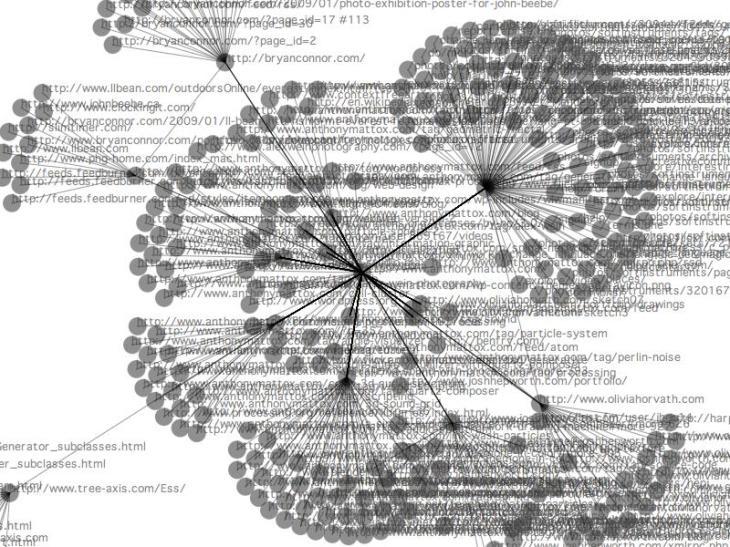
Interactive Web Visualisation by amattox mattox
“One of the most important properties is its openness” – Sir Tim Berners-Lee, the inventor of the World Wide Web
These were the exact words of the Internet pioneer when he addressed the first Knowledge Conference held in Dubai on 7th December 2014 (The National 2014). As we immersed in the argument for and against “openness” of the Internet, these words by the inventor himself, held my thoughts as he addressed the audience, pleading to keep the Internet “open, free and accessible”.
The value of the argument is not intentionally degraded by introducing the address made by the Internet pioneer himself. However, it is imperative to understand that the whole concept behind the World Wide Web was to share the knowledge and embrace the cultural differences in the world (The National 2014).
From a content producer’s perspective, the argument is iterative. Weighing the advantages and disadvantages of having to produce materials freely available online is challenging. For instance, the argument for “open access” in academia is prevalent as they are bounded by the cost, quality control and sustainability of their work (Edanz 2013). This argument is parallel in the context of creative works as well. I believe that there are underlying factors that lead to the possible emergence of more “paywalls” in the future.
The growth of “digitization” is believed to be one of the reasons for the possible occurrence (The Drum 2013). BBC (2013) revealed that Robert Cailliau, the unheralded other half who invented the World Wide Web, mentioned that “the idea of dealing with the value of information” has been around for 20 years. From the interview, they revealed that he supported the idea of “pay-as-you-go” model for online content. This is a huge contrast to the prevailing view of the “other half” of the inventor of the World Wide Web.
Again, the tendency of “evading” the real value of the argument was not done purportedly. I believe the idea of “openness” of the Internet is contextual upon the content that is built. For instance, the media industry are building “new models” to compensate for the growth of “digitization” (BBC 2013) and therefore, it only make sense to charge for content that used to be offered through “prints”. In the context of academia or creative works, it is still subjective upon the producers’ belief of what they are trying to achieve ultimately.
References:
BBC, 2013. Are the days of free content on the net numbered? Available at: http://www.bbc.com/news/technology-24759239 [Accessed December 9, 2014].
Edanz, 2013. Advantages and Disadvantages of Open Access. Available at: http://www.edanzediting.com/blog/advantages_and_disadvantages_open_access#.VIbBaIsVdlI [Accessed December 9, 2014].
The Drum, 2013. 90% of online content to be held behind paywalls in three years media company survey suggests. Available at: http://www.thedrum.com/news/2013/04/12/90-online-content-be-held-behind-paywalls-three-years-media-company-survey-suggests [Accessed December 9, 2014].
The National, 2014. World Wide Web inventor makes plea to keep internet free and open. Available at: http://www.thenational.ae/uae/technology/world-wide-web-inventor-makes-plea-to-keep-internet-free-and-open [Accessed December 9, 2014].
[…] Fahmi Bam, 2014. Digitization, the underlying factor. […]
LikeLike